Should You Really Move Houseplants Outdoors In Summer? Learn The Truth To Help Them Thrive
Many of us move houseplants outside during the summer months. Explore the benefits and how to best care for houseplants outdoors so they flourish.
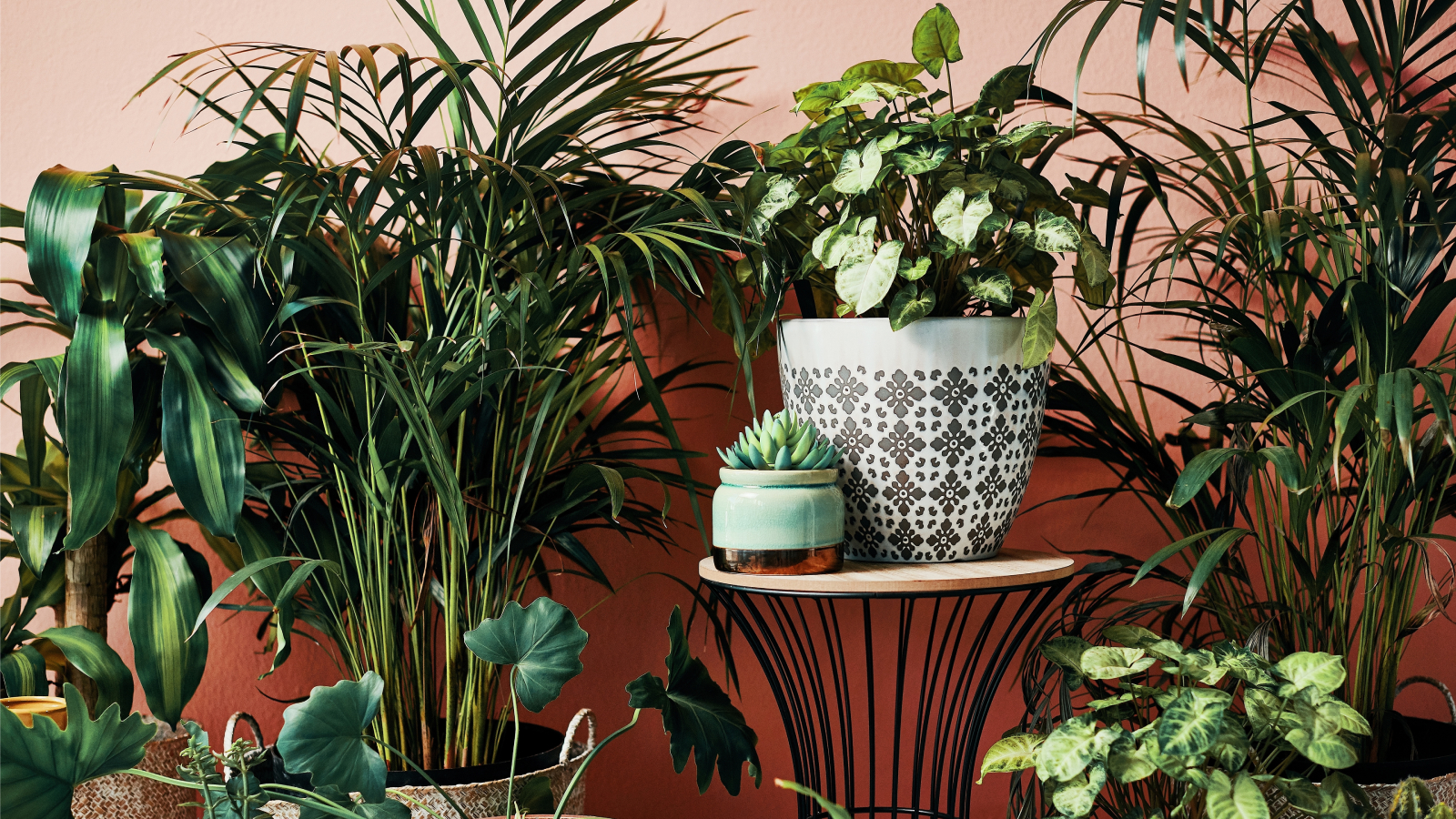

Ah, summer. The flowers are blooming. The bees are buzzing. That gorgeous weather is calling you outside after a long winter. But if you are like me, your front porch is a little drab compared to your living room filled with lush houseplants.
So what’s a girl to do? Well, move some houseplants outside, of course! Not only will you be able to create a lush oasis on your patio, it will also benefit your houseplants to have a summer vacation outdoors.
Growing houseplants indoors all year can leave them weak and stunted. A trip outdoors in the summer months can help them perk up, boost their growth, and even aid with some pest problems. Let’s explore how to safely move a houseplant outside and the benefits you can expect.
Benefits Of Moving Houseplants Outside
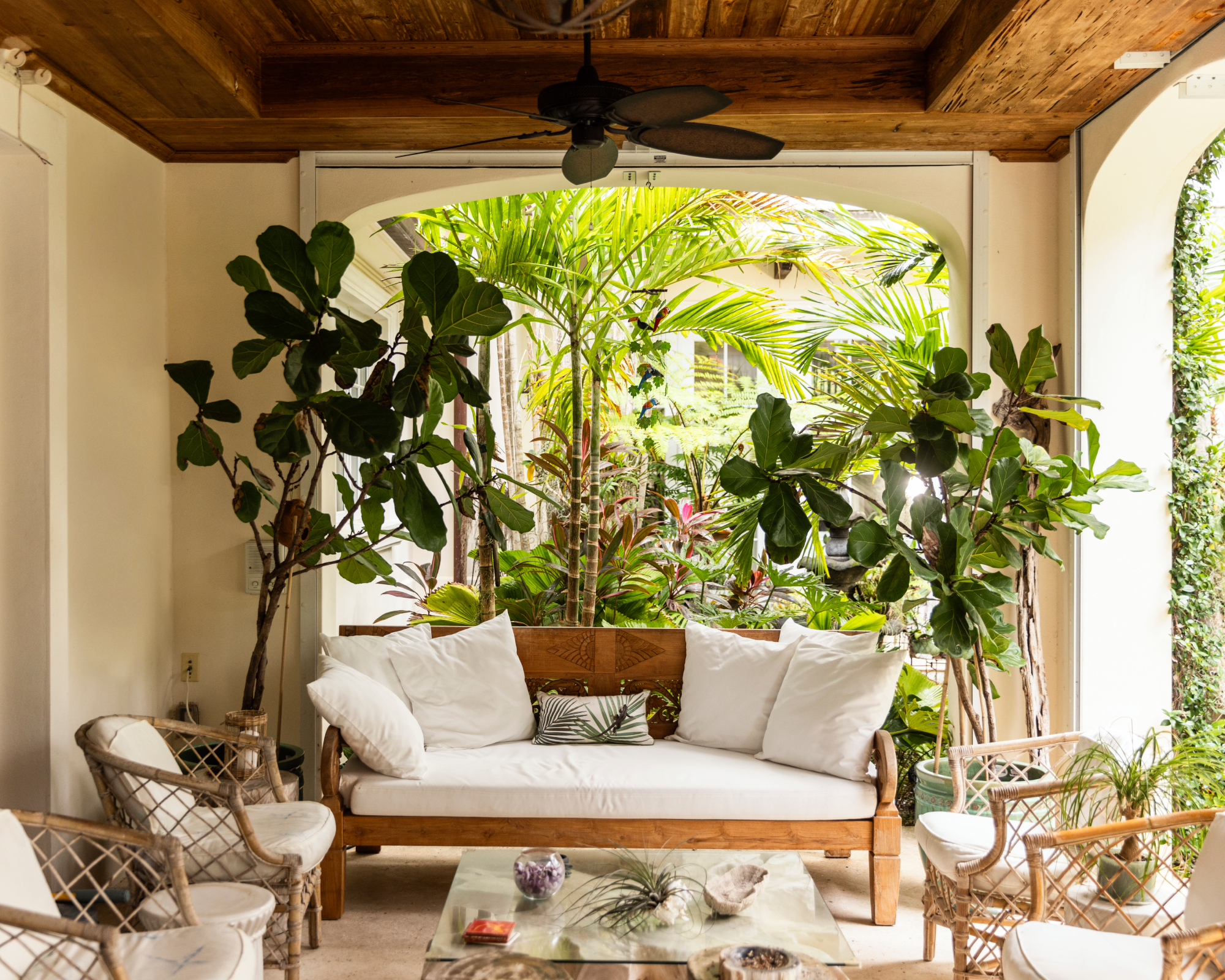
Houseplants are extremely popular and many growers have achieved impressive results with innovations such as grow lights and improved indoor plant fertilizers, but plants are outdoor beings. Our houseplants are often tropical plants so keeping them inside when it is cold and sleeting makes sense. However, when it is warm and humid outdoors, they can benefit from a trip outside your living room.
Moving your indoor plants outdoors can help rejuvenate them in many ways. The first is improved air circulation. That gentle summer breeze helps your plant get stronger by making it produce a hormone that encourages the growth of supporting cells. This thicker stem means plants will be stronger and more resilient. Increased air circulation will also help ward off many fungal diseases that plague plants.
Houseplants also benefit from increased light. Many houseplants are tropical in origin, so the bright shade of a covered porch or balcony mimics the light conditions of the tropical understory to which they are native. Flowering plants that you brought indoors to overwinter are ready to be back out in their preferred light in the spring and summer, too.
The heat and humidity found in much of the U.S. during the summer months is also beneficial for your houseplants. Again, tropical plants love these conditions because they are made for them. And the humid air can also help with pests that are normally found indoors like spider mites. While you may get some other bugs on your plants when they are outdoors, some of those insects are beneficial and predators of indoor pests. They can take care of the pests for you!
Sign up for the Gardening Know How newsletter today and receive a free copy of our e-book "How to Grow Delicious Tomatoes".
When To Move Houseplants Outside
Even if you are getting a little spring fever and are ready to spend more time outdoors, it might not be time to move your plants just yet. Be sure to keep your plants indoors until nighttime temperatures are reliably above 55-60 degrees F (12.8 - 15.5 C). Additionally, if the forecast calls for a cold snap, bring the plants back inside as a precaution.
How To Move Houseplants Outside
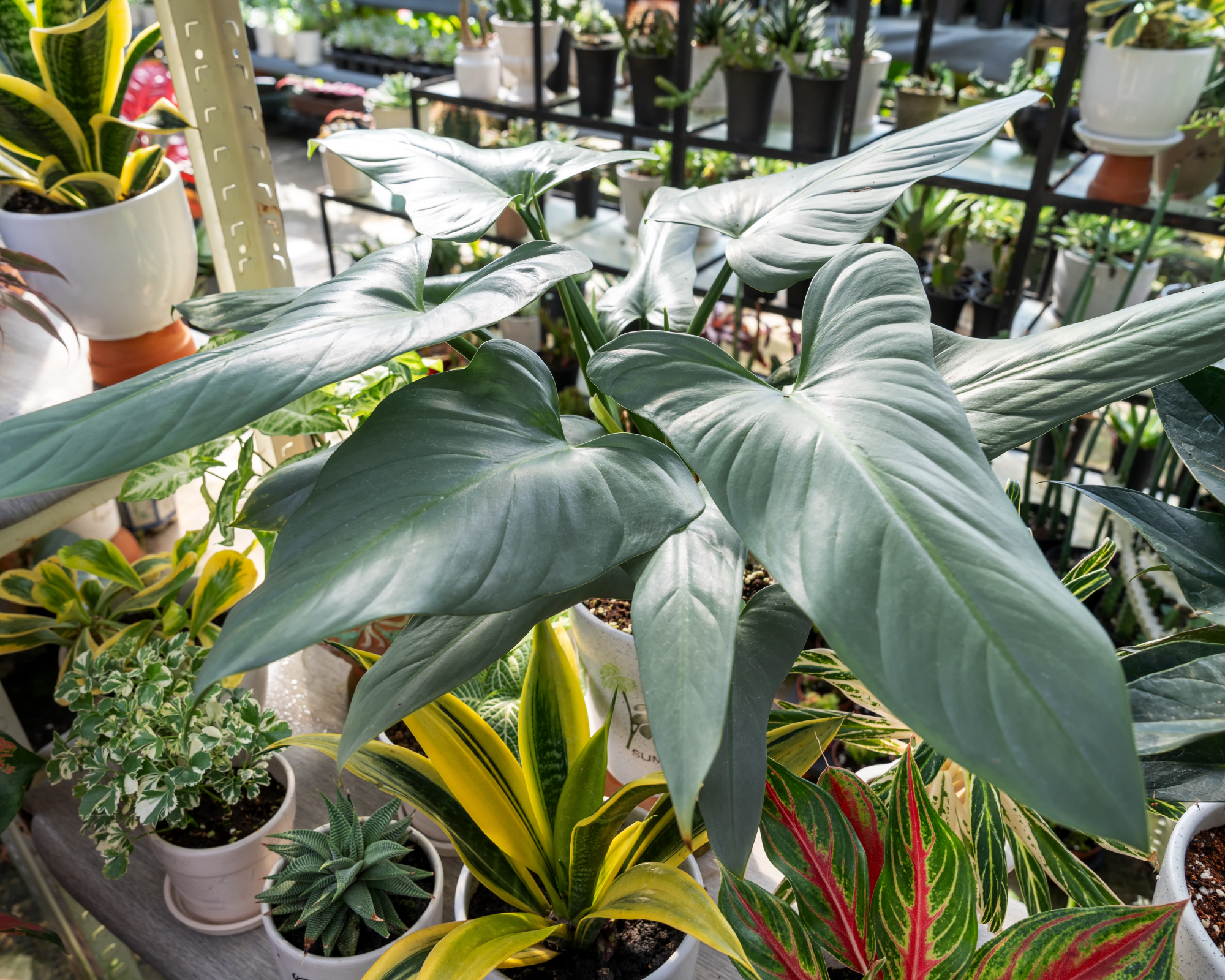
The first step to moving houseplants outdoors is to choose your location wisely. Different plants need different conditions to thrive and that beautiful monstera will get sunscald if it is placed in direct sunlight. Even succulents can get scorched if they are just thrown directly into full sun after a winter indoors. A covered porch or patio that provides bright indirect light is a great place to start.
Acclimating houseplants outdoors takes patience. Gradual acclimation is the best way to move them outdoors without damage. Do this like you would when hardening off seedlings in the spring. Take them out and place them in the shade for a few hours when it is warm and then bring them back inside for the night. It is best to avoid extremes, so be patient. Gradually increase the time they are outside, and if they are sun-loving houseplants, gradually increase the amount of sunlight to which they are exposed.
Houseplants can get a bit spindly and weak over the winter as they stretch to get light from the windows in your home, so do not leave them outside if it is going to be particularly windy or if there is a storm incoming. They will get stronger when exposed to the breeze, but they need some time to work up to the stronger gusts.
How To Care For Houseplants Outdoors
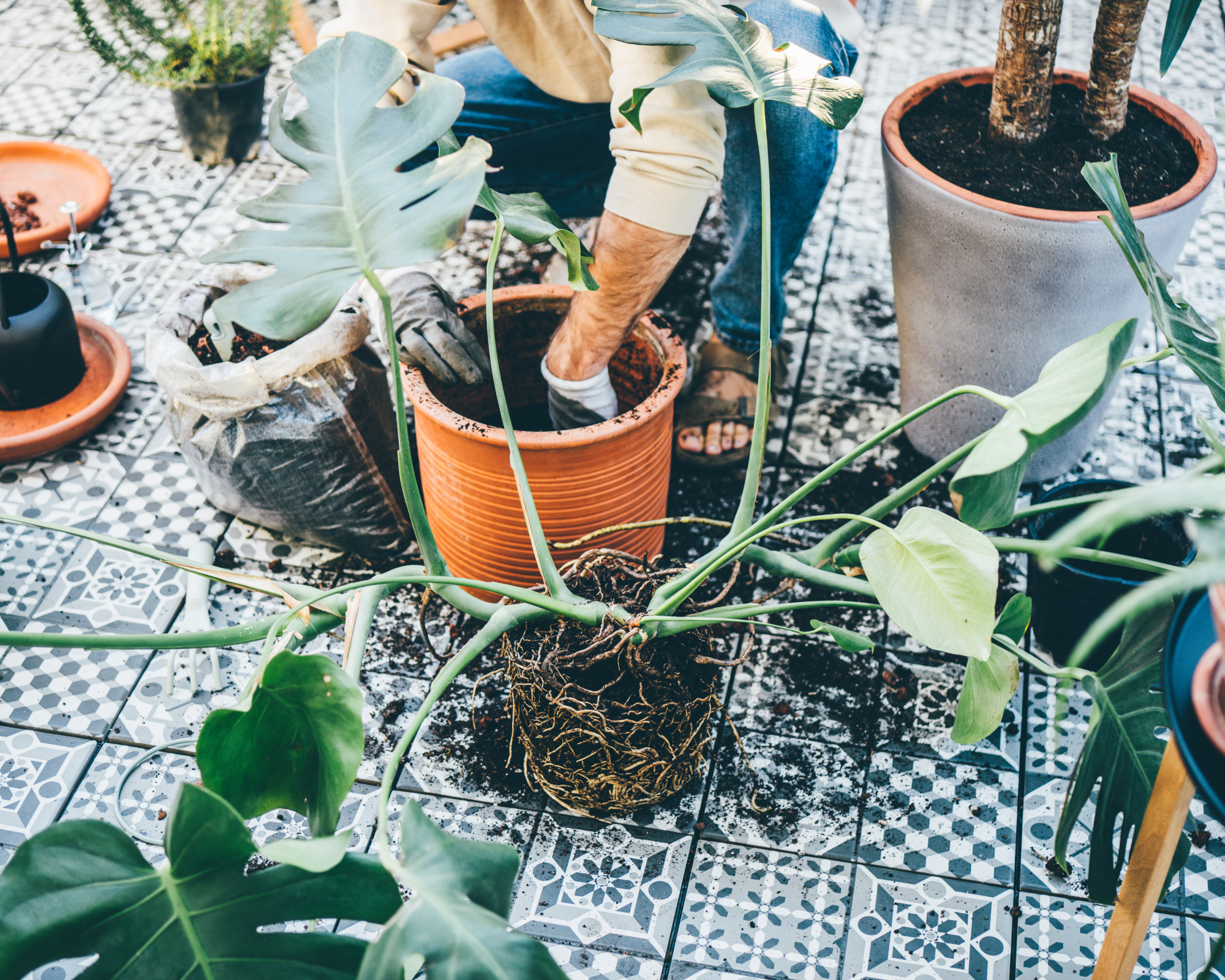
Your houseplants are now well-acclimated to their new summer home, so now what? It is crucial to keep an eye on their moisture levels. To test soil moisture, you can invest in a moisture meter or just stick your finger a few inches into the soil to check. Outdoor potted plants will dry out much more quickly than they did when they were indoors. You will absolutely need to increase the frequency of watering. I often bottom water potted plants when I move them outdoors so I know their soil is fully saturated. Another benefit of moving houseplants outside is that you can now use your garden hose to water them quickly and efficiently. The retractable hose reel set - available in the Gardening Know How Shop - can make watering easy and stress free.
In addition to more frequent watering, outdoor houseplants need fertilizer more often. You will see more growth on your plants when they are outside for the summer, so it is important to keep them well fed. They are doing hard work! Don’t go overboard with the fertilizer though. The goal is to avoid extremes.
As they continue to grow, you might also need to repot the houseplants. All that fresh air might lead to them outgrowing their containers. Some plants like to be potbound, yet other species will need more room. Explore our plant guides to find more information about specific plants and their needs.
Types Of Houseplants To Move Outdoors
Many types of houseplants can benefit from a trip outside in the warmer months. We all enjoy a summer vacation!
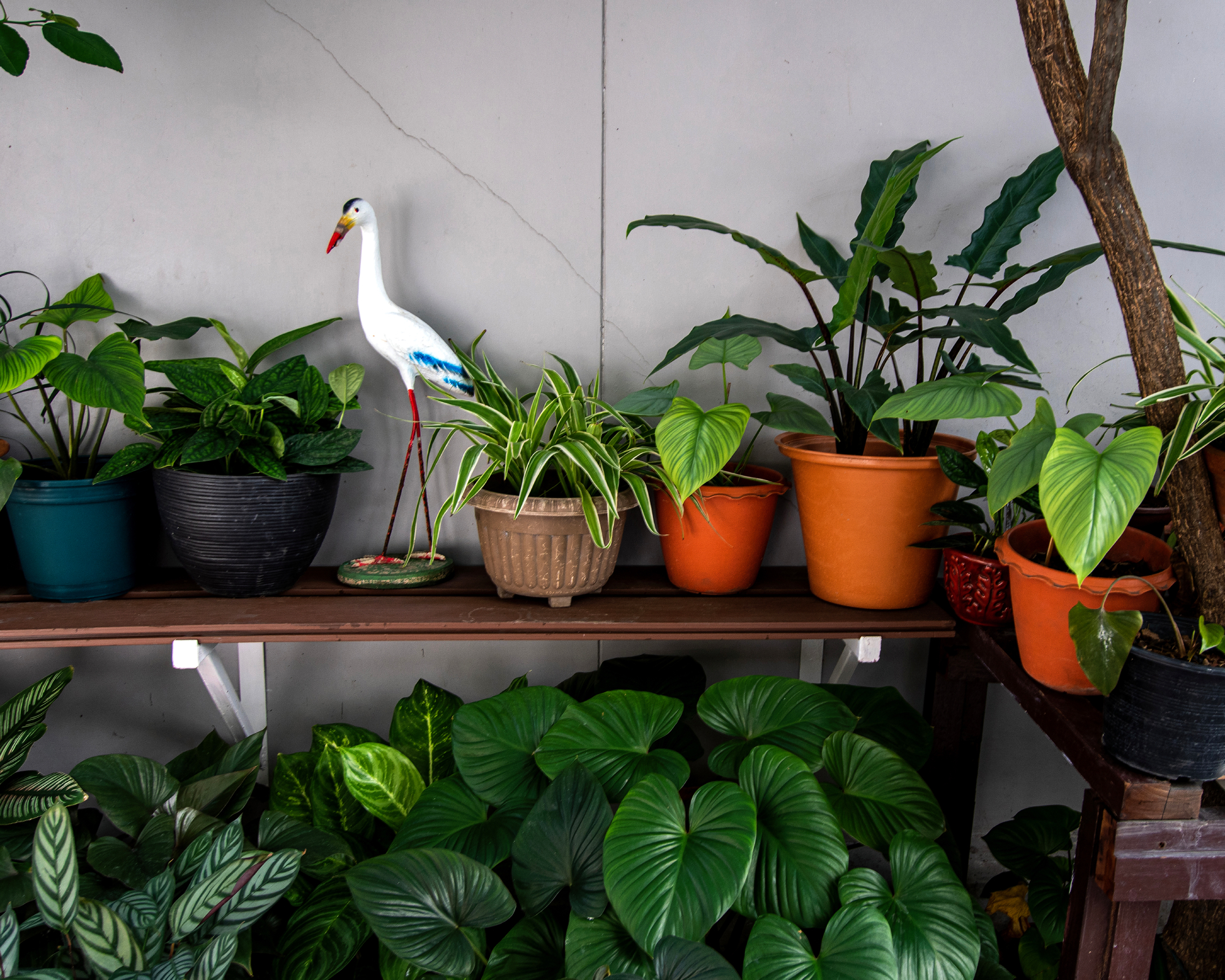
Tropical Houseplants
Tropical plants like philodendron, pothos, monstera, and alocasia are typically found in the understory of forests. They benefit from the warmth and humidity of the summer months, but be sure to keep them in the shade. They will do well on a covered porch or even under a tree in your yard as long as they do not receive direct sunlight.
Flowering Houseplants
Flowering plants are also perfect to move outdoors in the summer. Check their light requirements and slowly work up to the level of sunlight they need. Even if the plant requires full sun, they can still get scorched if they are not acclimated gradually. The trick is to go slow!
Trees
Small fruit trees like the Owari satsuma tree from Fast Growing Trees, Norfolk pines, ponytail palms, and other potted trees that have been indoors can also benefit from a trip outside. Again, check their light requirements and acclimate them gradually. Your potted trees can help you create some privacy for a secluded back porch oasis!
When To Bring Houseplants Back Inside
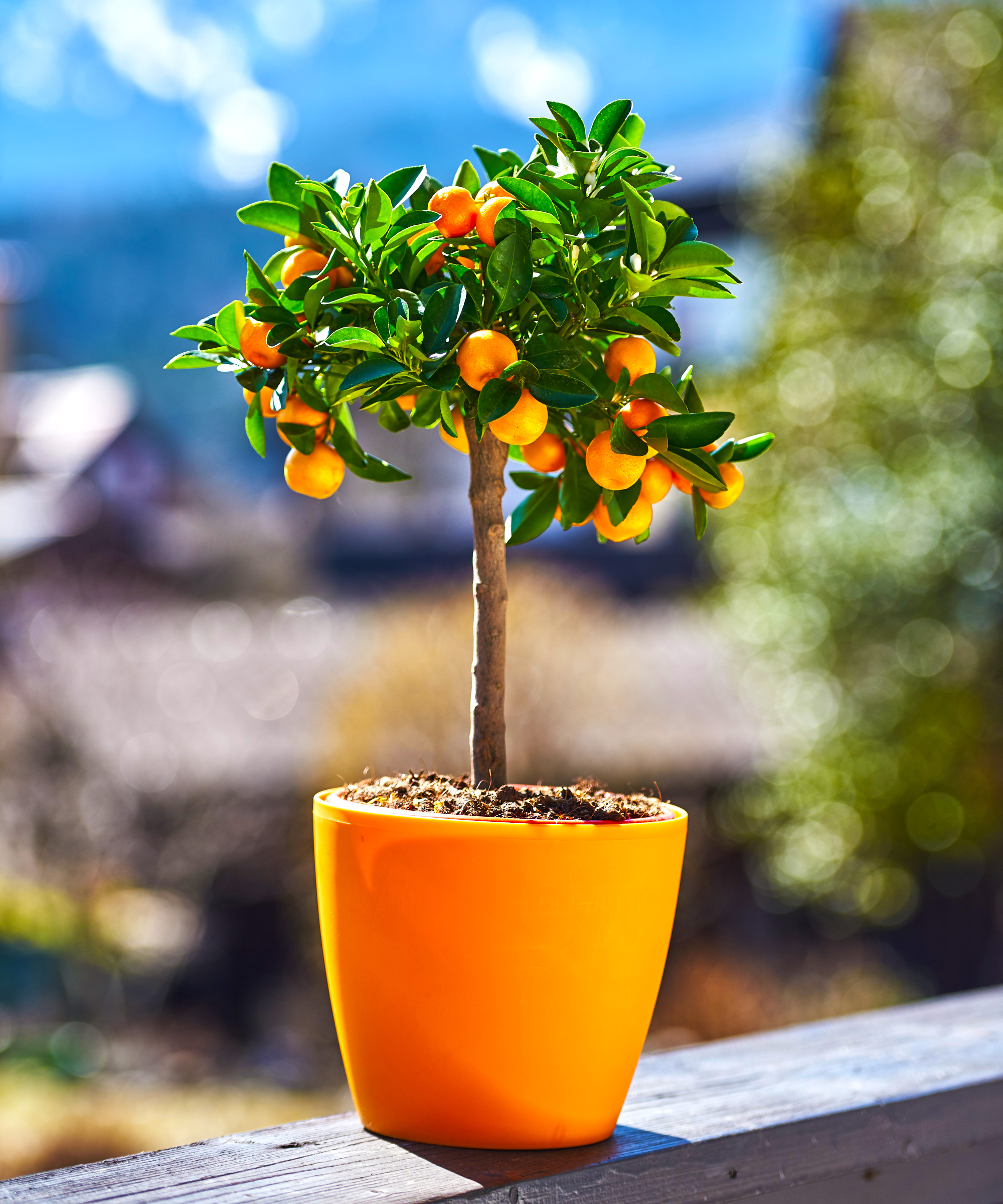
Keep an eye on the forecast or check to see when your region begins to dip below 60 degrees F (15.5 C) in the autumn. It is important to bring houseplants back indoors before it reaches that temperature overnight.
Frequently Asked Questions
Are there houseplants that don’t like to be outdoors?
Yes, some delicate plants do not do well with the large shifts in temperature and humidity that occur outdoors. For instance, African violets prefer to stay indoors.
Do plants dislike being moved?
Plants can become stressed when moved, especially if proper precautions are not taken. Moving indoor plants outside should be done carefully and gradual acclimation will help avoid too much stress. Be patient and go slow.
This article features products available from third party vendors on the Gardening Know How Shop.

Kathleen Walters joined Gardening Know How as a Content Editor in 2024, but she grew up helping her mom in the garden. She holds a bachelor’s degree in History from Miami University and a master’s degree in Public History from Wright State University. Before this, Kathleen worked for almost a decade as a Park Ranger with the National Park Service in Dayton, Ohio. The Huffman Prairie is one of her favorite places to explore native plants and get inspired. She has been working to turn her front yard into a pollinator garden.